At the far north of the Bahamian archipelago, Abaco represents some of the northernmost tropical coral reefs in the Atlantic. Abaco has a number of unique coral reef areas. The barrier reef that stretches from Elbow Cay for over 110 miles to the west past Walker’s Cay is among the largest reefs in the wider Caribbean region. While most coral reefs thrive in temperatures ranging from 73°- 84°F Mermaid Reef off Marsh Harbour experiences extreme temperature fluctuations, with measured temperatures as low as 66°in the winter and 91°in the summer – some of the most extreme temperature fluctuations measured for coral reefs anywhere in the world. Sandy Cay Reef in the Pelican Cays Land and Sea Park has some of the largest stands of critically endangered elkhorn coral, Acropora palmata, found in The Bahamas. In late 2018 the Perry Institute for Marine Science (with support from the Atlantis Blue Project Foundation and Devereux Ocean Fund) began an assessment with Abaco’s coral reefs starting in southern Abaco and in the summer of 2019 extensive surveys were conducted in Central and Northern Abaco. To date we have conducted surveys of 50 of Abaco’s reefs with final surveys planned for reefs along the Southeastern coast of Abaco before the end of 2019.
These surveys use the Atlantic and Gulf Rapid Reef Assessment (AGRRA) techniques for assessing the ecological communities of coral reefs, reef fish assemblages, and coral populations. Data collected will help to address questions like how healthy are corals around Abaco? How prevalent is are coral diseases and bleaching due to increased water temperature? How resilient are Abaco’s reefs? Are they recovering or degrading? What human factors may be affecting reefs and the species that depend on them? All of these are critical for the effective conservation and management of coral reefs and species that live on reefs like Nassau grouper, parrotfish and spiny lobster, as well as the creation and management of marine parks and fishery reserves.
Preliminary data shows high variability in the status of Abaco’s reefs, with some reefs having spectacular reef development and relatively healthy fish and coral populations, while other reefs like ghost towns where the massive structure of coral skeletons are show signs of a once vibrant reef, but there is little coral or fish life. We can also see the positive impacts of coral restoration on reefs off Sandy Point, Abaco where restoration efforts have been ongoing for the past decade. We are currently analyzing data to determine how Abaco’s reefs compare to others in The Bahamas and the Caribbean region, and we are examining correlations between reef condition and various human impacts. Later this year, data from Abaco will be combined with similar data from around The Bahamas in a new updated Report Card on the health of Bahamian coral reefs.

